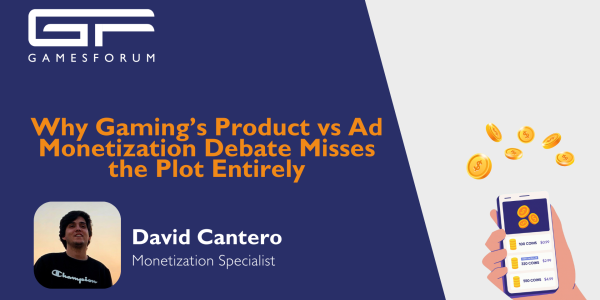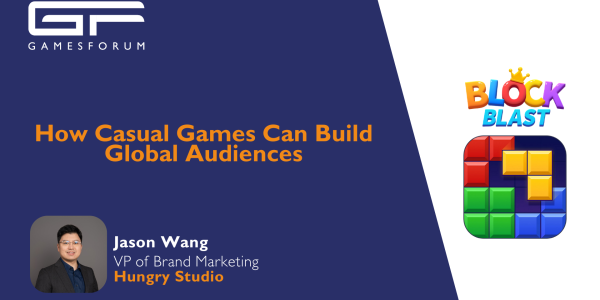Warpath is a Mobile Throwback to Military RTS Classics

Warpath, from Chinese publisher Lilith Games, takes place in an alternate timeline Earth during the Second World War. I only know this because General Dwight D. Eisenhower personally greets you at the start of the tutorial. The bad guys in this dimension are the sinister Raven Army, a faceless substitute for the Nazis with no discernible goals or identity other than being super evil all the time.
Eight hours into the game and I can tell you I have very little idea of what’s going on. Each chapter in the story begins with a short cutscene with no relevance to anything that’s going on, often introducing people that you’ll never see again. My favorite character has to be the engineer who’s the spitting image of Joel from The Last of Us but in a flat cap and jean suspenders. He carries a spanner in a pocket in his overalls just so you’re sure he’s an engineer. Also, his name is Spanner.

Thankfully, Warpath’s gameplay is a good deal better than its writing. It’s about as close as you’ll find to an old-school RTS on your phone (for free, anyway). Players can construct a base, build facilities, train units, and control them in real-time on a PvP map inhabited by other players. There’s just enough variation between the units that positioning and smart target prioritizing can have an influence on your success in battle. Early on, simply auto-targeting and directing your tanks straight to your destination will guarantee a victory, but as you progress in the campaign and more unit types are unlocked, you’ll find you won’t get far without a bit of planning.
The game is separated into two different game modes: a linear campaign and the open-world PvP game mode.

The campaign takes place in Russia and has you go through several isolated stages with different end goals. There is no base-building or unit training here; you begin each stage with the units and commanders you’ve built in the main PvP mode and must complete certain tasks to complete the job. Occasionally, you’ll encounter allied units who’ll help you get the job done, though their real purpose is to act as cannon fodder while you circle the enemies to get to the bunkers or medic camps behind them. Success in the campaign depends entirely on the quality of your units in the main open-world mode, though clever positioning can help you get through some stages even if your troops are underpowered.
The open-world PvP is where the meat of the game is at. You can only have as many squads as you have barracks, and since there’s a finite number of barracks you can construct, zergling rushing your opponents is out of the question. Instead, you must train your existing troops and research new technologies to make them more effective in combat. Training and research require resources and materials that can be collected from supply drops, scouting neighboring territories, or defeating Raven Army squads littered throughout the map.
There are limits to how powerful your troops can become, and after some time, you’ll want to replace them with stronger troop types. You can only unlock new units through the gacha system -- Warpath offers you one free drop a day. There are currently 90 different troop types in Warpath, so collecting all the most powerful ones requires a significant time investment.
Monetisation Model of the "Warpath"

Warpath’s monetisation model is based on gacha troop drops and in-app purchases. You can only get new troop types by spending Universal Coupons, an in-game currency that is only obtained through daily logins and event participation. You can also spend a bit of money on Gold (the game’s premium currency) to expedite training and research progress.
Free-to-play gamers will find they can go far in the single-player campaign and do quite well in the PvP open-world game mode without spending so much as a dime. However, as with any free-to-play mobile game based on the Games-as-a-service revenue model, expect to spend quite a bit of your time grinding Raven battles and waiting for new technologies and key materials production to complete.

New troop types are unlocked with a gacha drop system. You get one free draw every day and can spend Universal Coupons for more chances to get new troops. Many of the troops are functionally similar with slight stat differences, such as the Militia Squad, the M2 Carbine Squad, and the Springfield Squad; once you’ve unlocked a stronger variant of the same unit type, it’s always better to immediately replace your older unit. However, the training points you’ve invested in your old unit won’t go to your new unit, so you’ll have to start from scratch.
In Warpath, you can boost the combat capabilities of your troops by researching new technologies via the Research Center. Research doesn’t cost anything but your time -- even at the lowest levels, you’ll still have to wait several hours to complete research tasks. You can skip the wait by spending some Gold, which is Warpath’s premium currency. However, there isn’t much of an advantage to spending premium currency on Research, as most of the later tiers can only be unlocked by leveling up your troops, and that’s something all players will have to do the old-fashioned way.

Overall, the monetisation model in Warpath is pleasantly fair to free-to-play gamers, though there’s no doubting that they are getting a different experience from paying players. In my eight-and-some hours of playing Warpath, I’ve found the game is refreshingly skill-based for a free-to-play MMO strategy game. I have yet to run into any upgrading or combat problems that a bit of patience and careful positioning couldn’t solve. However, while positioning and some planning are certainly useful in Warpath, there isn’t sufficient strategic depth to allow for a commander to outmaneuver a much more powerful rival. I imagine once you’ve advanced into the higher tiers of play, the power difference between you and your neighbors could make regular play rather unfriendly to someone who hasn’t spent a bit of money keeping their power levels competitive.
By Andi Nuruljihad for Gamesforum











